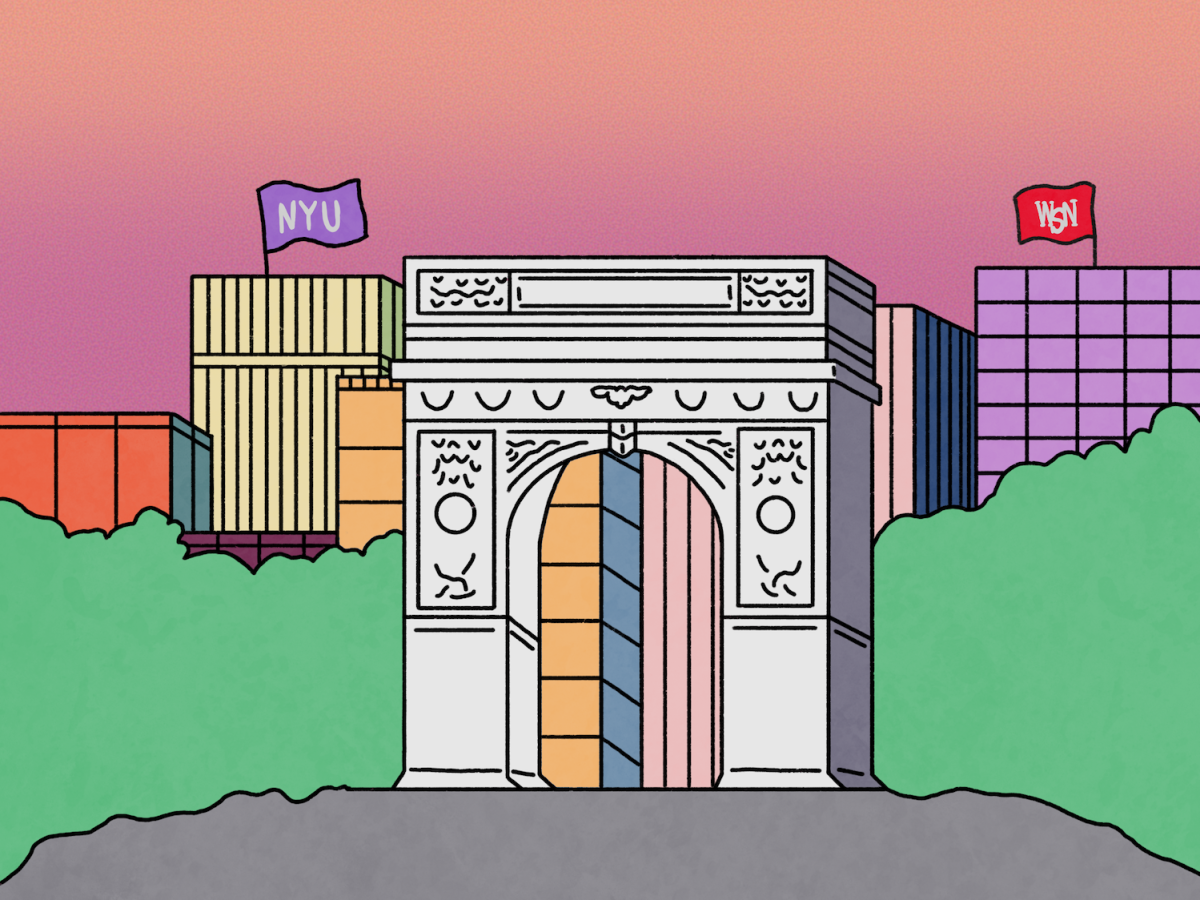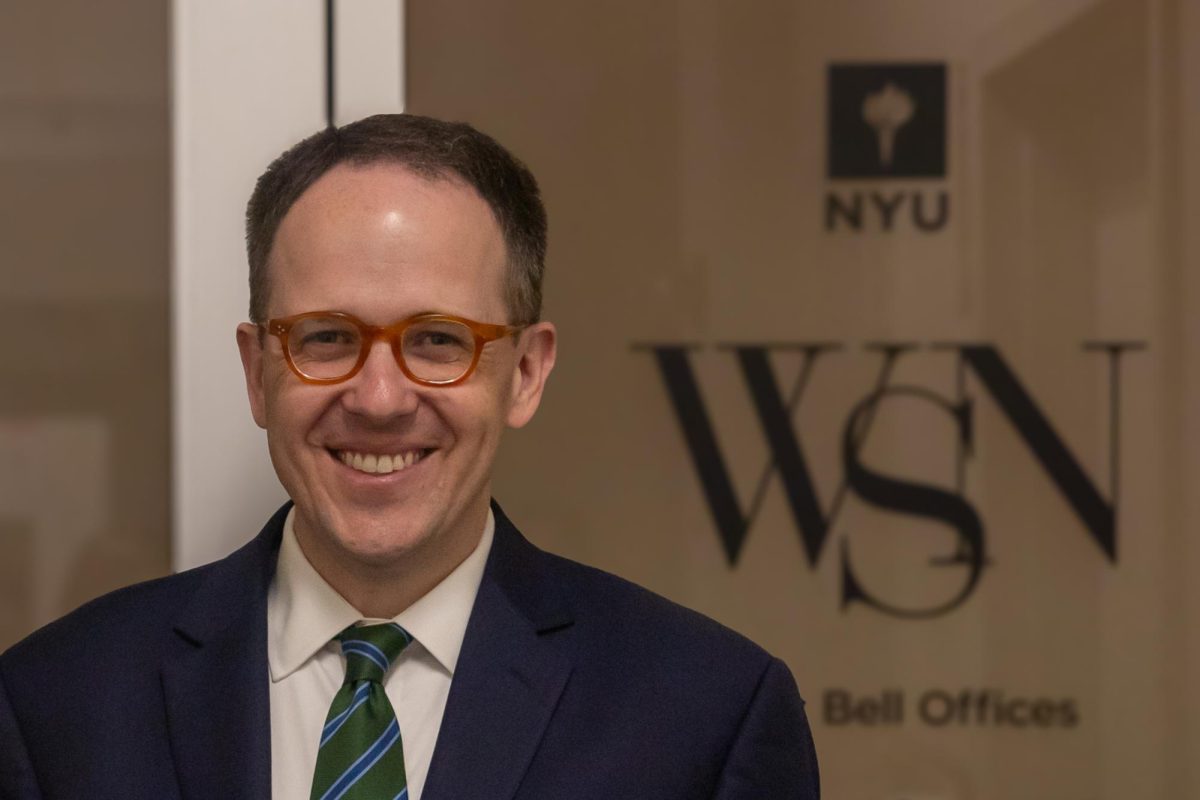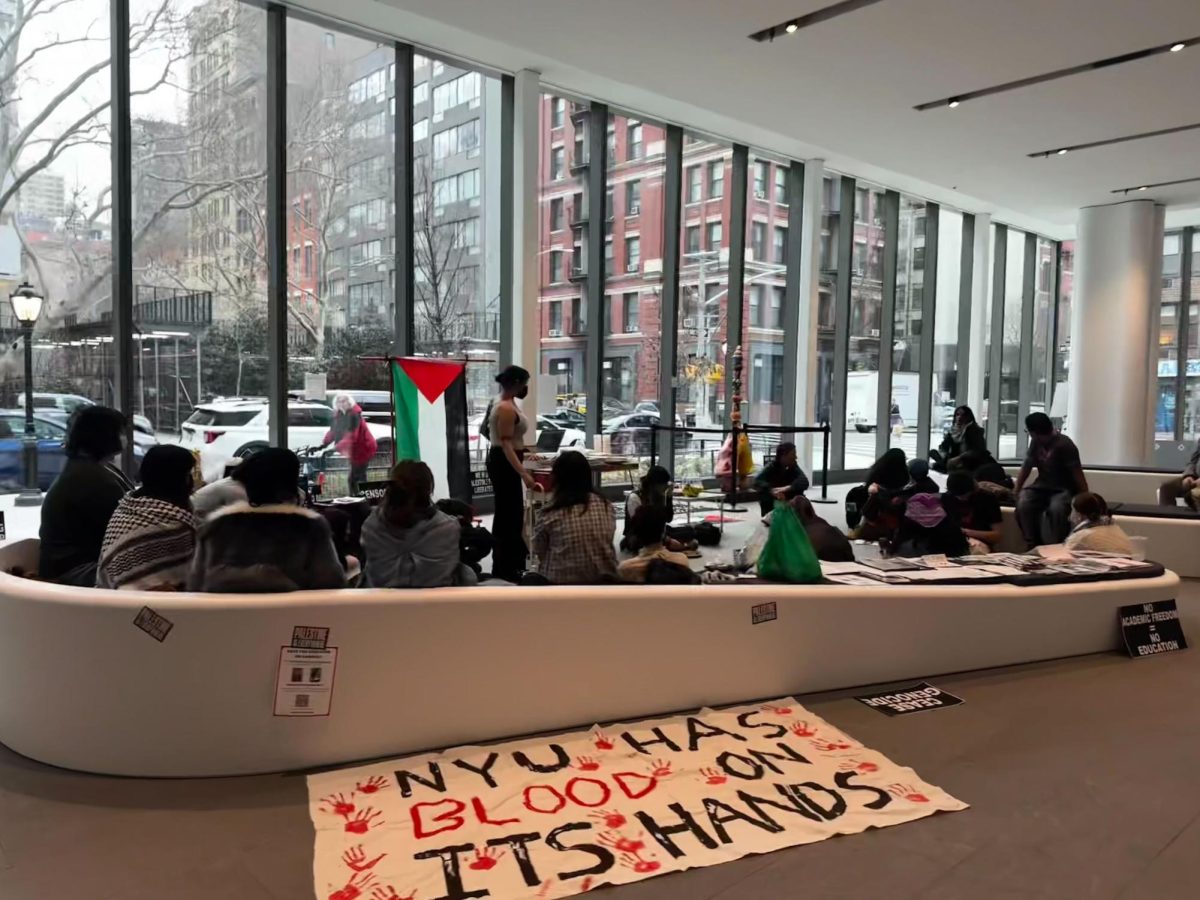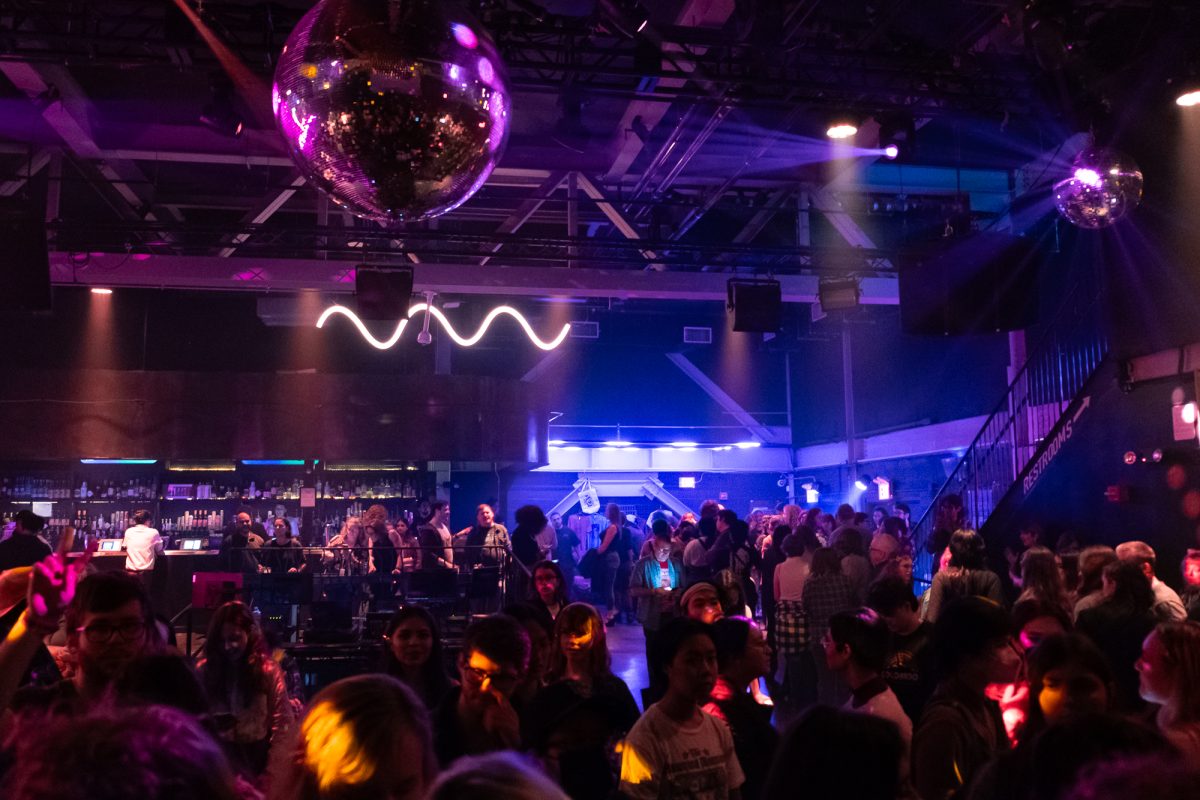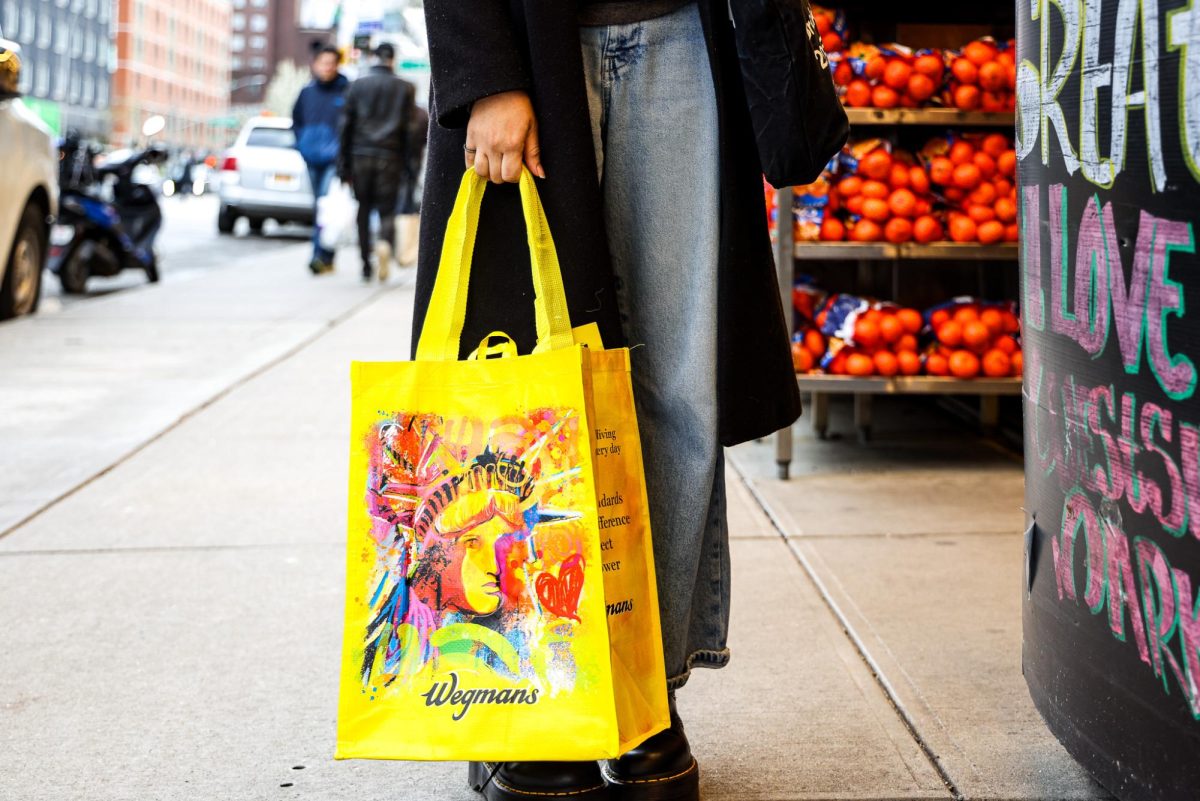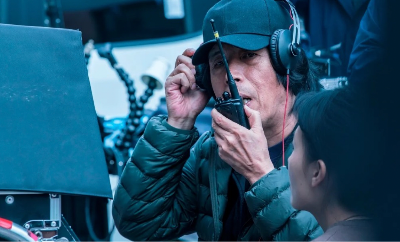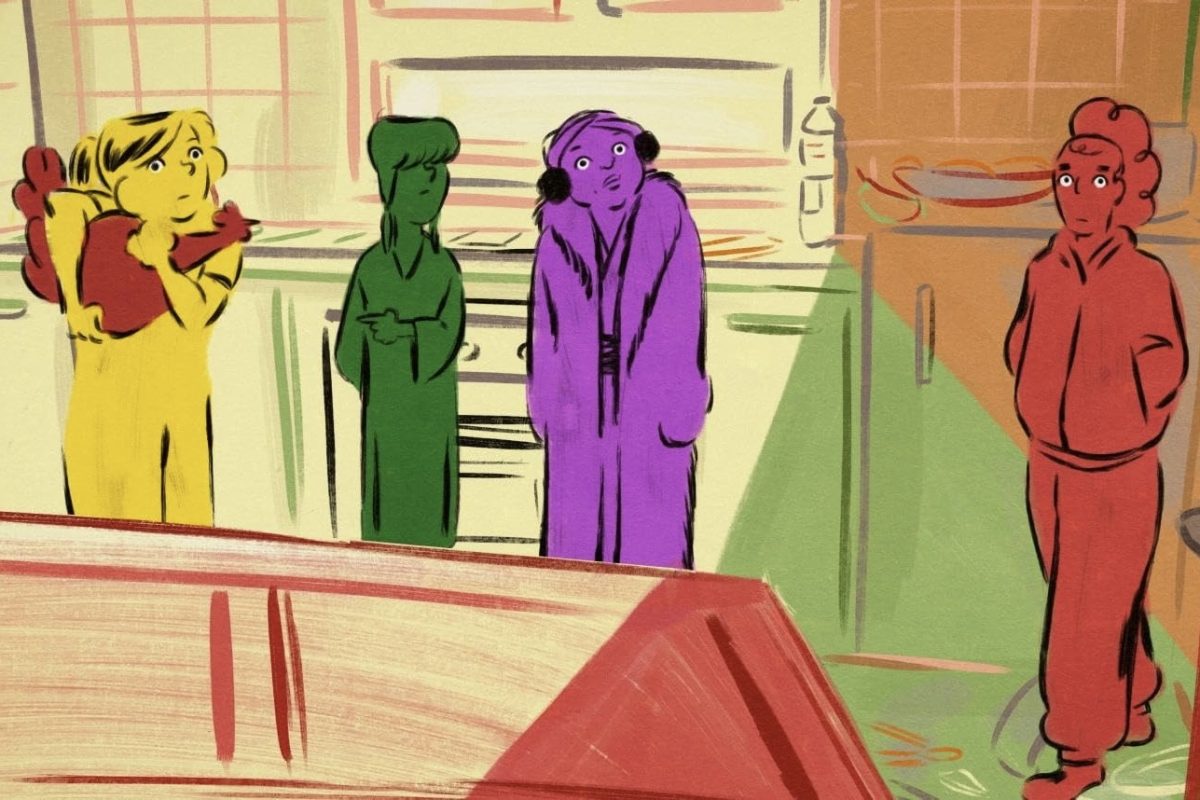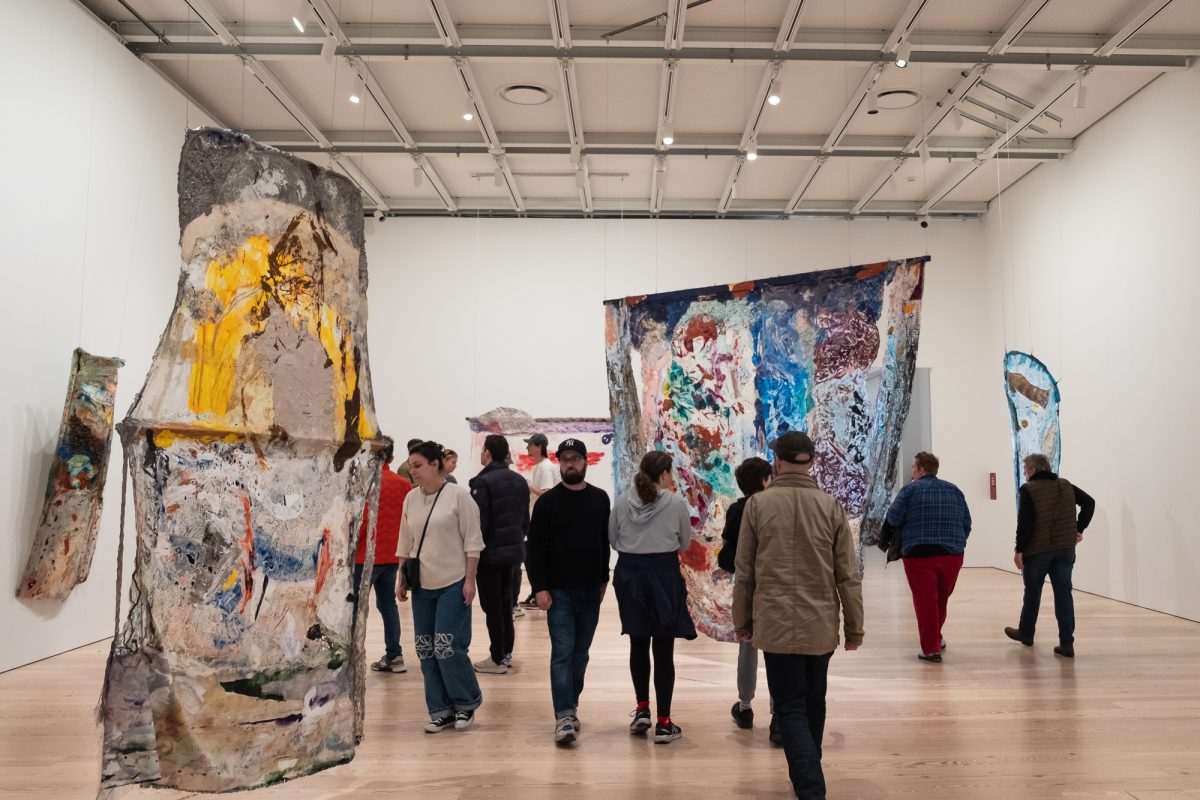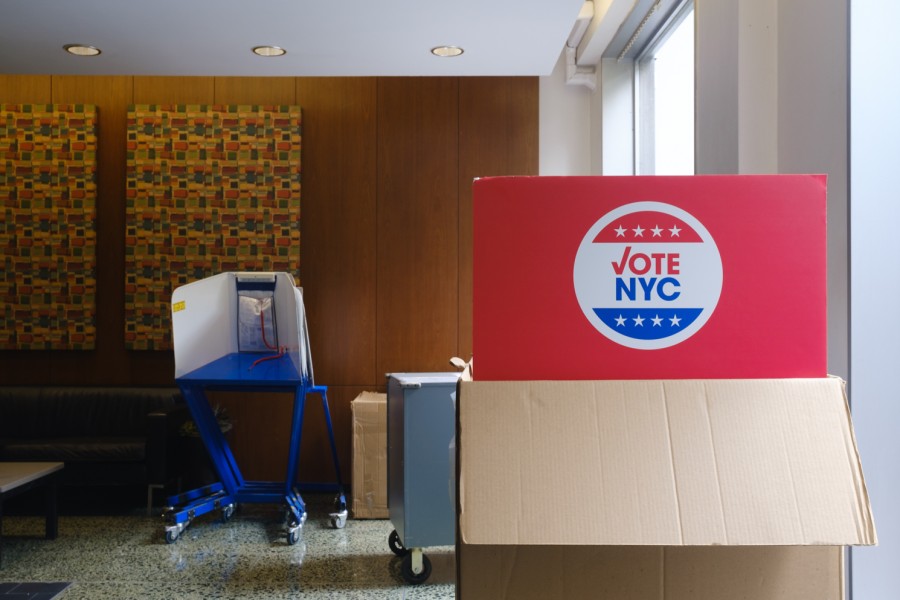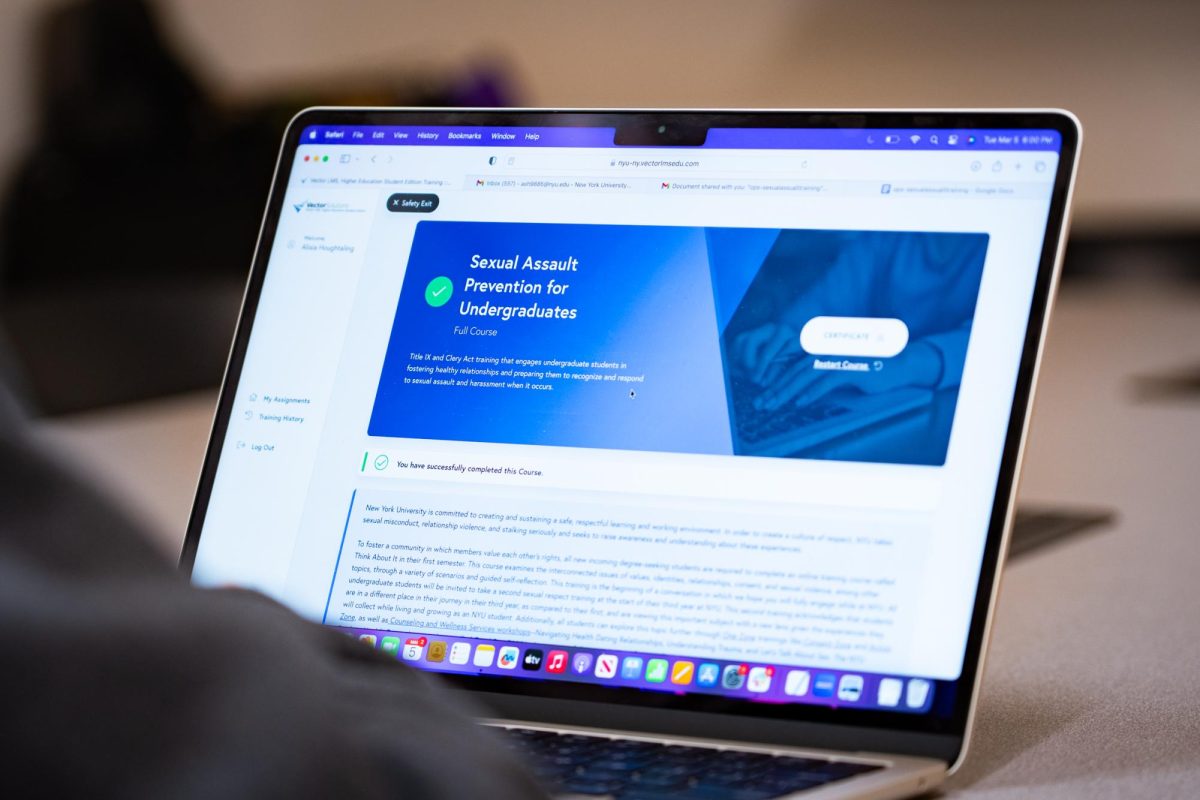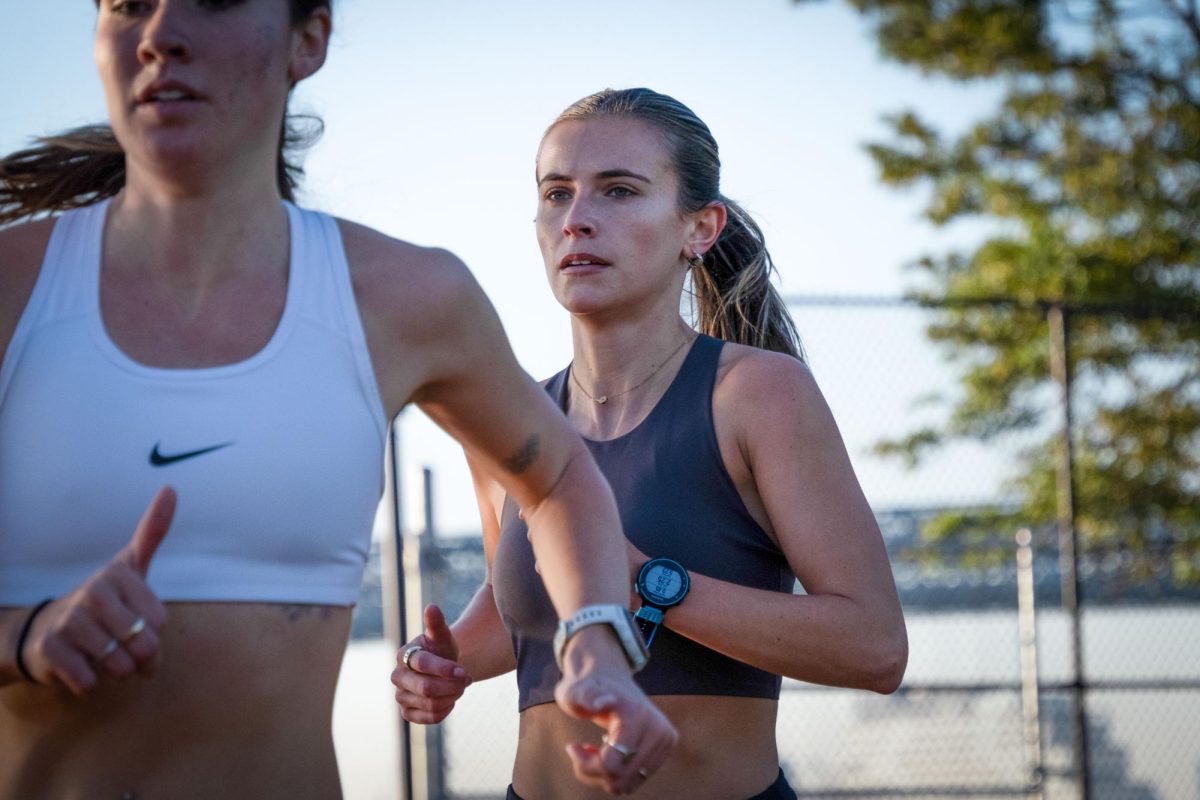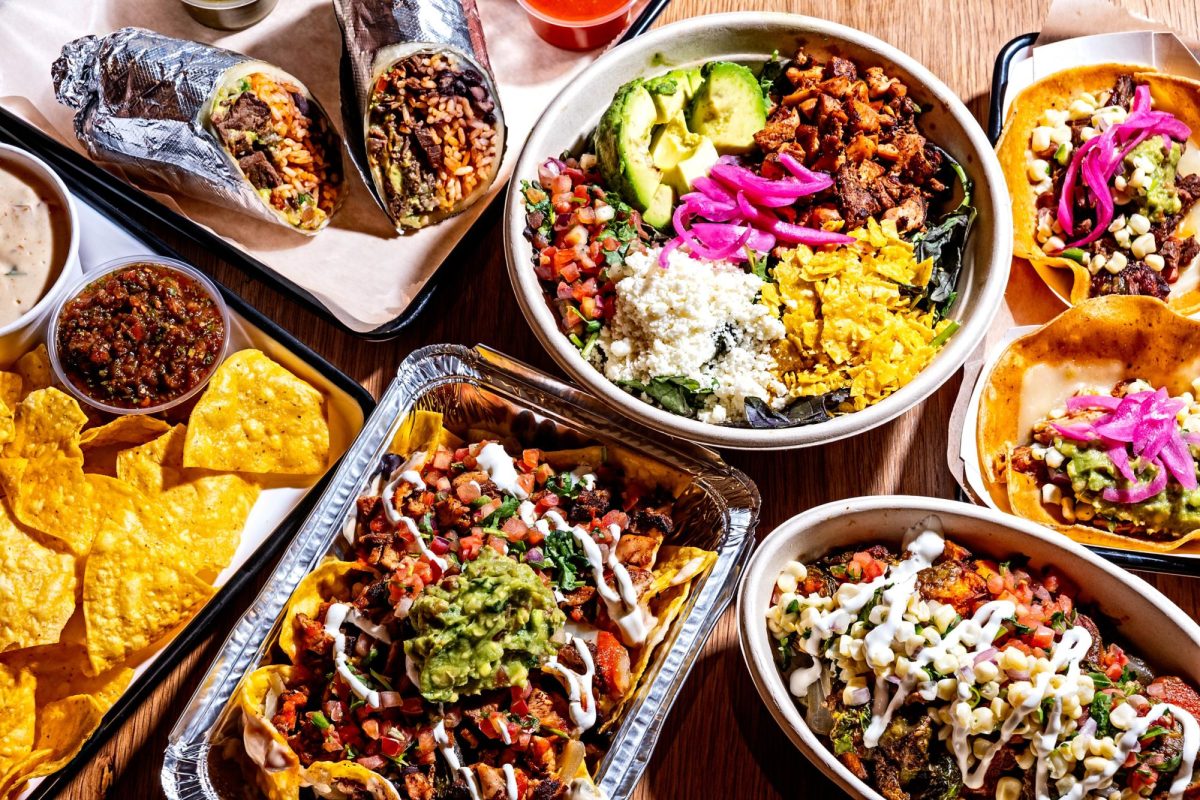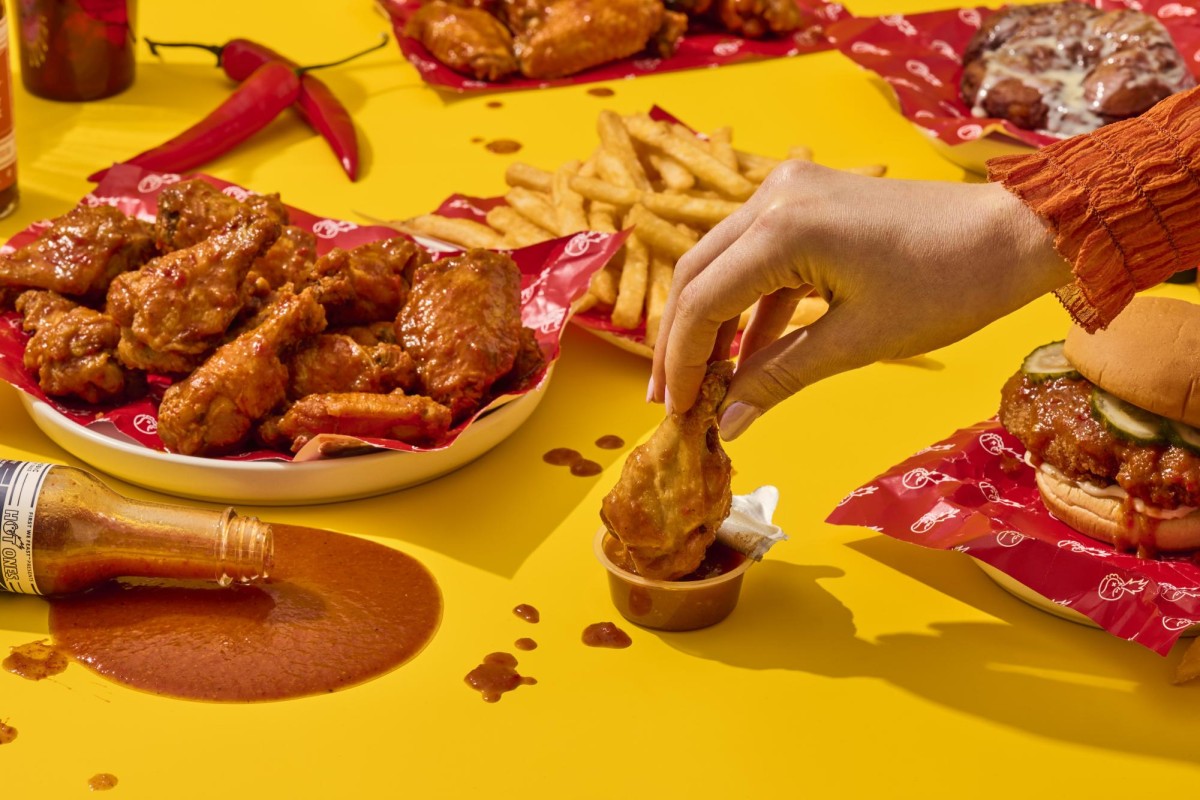Hundreds of magazines circulate, designed for millions of readers — so why is only one type of girl — a white, straight, cisgender, thin, upper-class woman — featured on the covers of so many major publications?
Fortunately, some progress toward diversity in fashion is being made, as some fashion publications and designers are breaking the mold of representation in their cover shoots, campaigns and models.
On the runway, Riccardo Tisci for Givenchy has been known for implementing diversity into his brand, with his show presenting an all-Asian modeling cast in Spring 2011, his campaigns including a transgender model in Fall 2010 and an albino model in Spring/Summer 2011. Other notable designers like Vivienne Westwood, Tom Ford and Jean Paul Gaultier have been making strides in industry inclusivity. Gaultier even popularly earned the label “l’enfant terrible” from his refusal to accept fashion standards and his desire to challenge norms.
Despite these examples, the blaring, disappointing statistics of the runway don’t lie—about 82.7 percent of models for the Fall/Winter 2013 season were white with a singular, thin body type.
Even more distressing, designers like Rick Owens have tried to rewrite the stereotypical representations on the runway but with approaches that were entirely misguided. During Owens’ show in Paris for Spring 2014, he hired models of multiple ethnicities and body types — a step in a clearly progressive direction, right? Sadly, not quite. While it’s still debated among runway collection reviewers, his usage of the models as step dancers with exaggerated animalistic accentuations embodied more of a racialized function of entertainment rather than filling the recognizable role of a model. Performances like Owens’ turn diversity into a gimmick and attraction rather than an aim to deconstruct institutionalized hierarchies.
However, there’s been slightly more progress in fashion print mediums than the runway. The magazine i-D recently teamed up with the organization All Walks, with members including designers like Vivienne Westwood, Hussein Chalayan and photographer Nick Knight, who is known for his famous shoots of people typically marginalized in fashion — the disabled, elderly and full-figured body types. The partnership of All Walks and i-D launched a campaign called Diversity NOW! for university students to voice ideas for a more diverse fashion industry.
Teen Vogue should be recognized as well for having 50 percent of its cover girls as women of color between its September 2012 issue and September 2013 issue. In May 2013, Elaine Welteroth became Teen Vogue’s beauty director — the first black woman to attain the position at the magazine.
Besides racial diversity, Teen Vogue also followed Seventeen’s suit to no longer photoshop, a corporate promise spurred from a reader’s simple petition. InStyle has also responded well to advice from readers by including more diverse wo-men in its photo spreads after receiving much written-in criticism for their lack of variety in female portrayals.
Ultimately, readers desire more diversity in magazines we read, we cannot just sit idly and shake our heads while flipping through the pages. Speak up to pressure publications to admit to their exclusivity and change their ways. Magazines and brands create products to sell, giving readers and buyers a piece of control over the glossy, paper images of their future.




